
These “Throwback Thursday” posts have often become humbling for me. Like listening to old airchecks from a few years – or a few decades ago – you can gain an appreciation for goals and intentions, even if the result falls short, is off-base, or maybe even embarrassing.
Every time I cull through the JacoBLOG archives, it’s that unsettling feeling similar to reading old journals or diaries (no, not the Nielsen kind) and gaining perspective on who you were and what you were trying to do “back in the day.” Today’s post is just a short three-years-old. And it actually is telling about the ongoing trend toward web (and over the air) content that increasingly is getting shorter. While that may sound like an oxymoron, what started as a 120-character limitation on Twitter has become the standard way in which many people at least attempt to compartmentalize their online thoughts, whether it’s a social post, a podcast, or a video.
This year’s Techsurvey 2025 is still in the field this week, but a new question addresses the audience’s interest in watching short-form video content, so we’ll finally be able to quantify consumption of this content among broadcast radio fans. As I suggested three years ago, if you don’t have people on staff with these skills, you’re missing a major opportunity for both audiences and advertisers.
As it turns out, AI may end up answering the seemingly insatiable need to produce more “snackable videos.” But if radio brands are going to succeed in this space, it will come down to “the creatives” to conceive, write, and edit what becomes the end product. Just like it always has. -FJ
February 2022
If the “Digital Age” has tried to teach us anything, it’s this:
Short is good.
Shorter is better.
You can see the “shrinkage” of digital media pretty much everywhere. Whether it’s on mobile devices, laptops or desktops, smart speakers or…even radios, consumers have precious little time or tolerance to sit through content that doesn’t initially grab them.
Yes, it’s true – many Super Bowl TV ads broke these rules, partially because the agencies that produce them get self-indulgent with monster budgets, and because if there’s any show where viewers aren’t going to start flipping around, it’s “The Big Game.”
On the other 364 nights of the year, it’s all about bringing people in early and not giving them a chance to grab that remote and start surfing. If you remember The Larry Sanders Show on HBO, a cynical parody of late night talk shows, the genial host (played by the late Gary Shandling) went into every commercial break with the command or plea:
NO FLIPPING!
For me, the initial lessons came from using Twitter, a platform that debuted in 2006. At the time, critics were mostly incredulous about the idea of somehow communicating meaningful messages using just 140 characters. Many blew it off as a gimmick – a way to gain attention to a social media concept that was patently absurd.
I hopped on in 2010 when I was invited to speak at a “140 Characters Conference” in Detroit that year. It seemed like a pretty good idea to familiarize myself with the social engine that inspired the conference. The event’s organizer, Jeff Pulver, took Twitter’s short staccato messaging to heart. His presentations were a mere 10 minutes long; the star presenters and panels were double that.
the conference. The event’s organizer, Jeff Pulver, took Twitter’s short staccato messaging to heart. His presentations were a mere 10 minutes long; the star presenters and panels were double that.
On paper, the agenda was loaded. When sessions are that short, you can cram a lot of them into a day or two. But as I discovered, you can cram a lot of information into a compact space if you prep, edit, rewrite, and then edit a bit more.
The event was emblematic of Twitter itself, and that’s why it was successful as Jeff and his team toured around the U.S. and overseas. Back then, you had to figure out how to create cogent, clever, compelling tweets with just those few characters. Later in 2017, Twitter doubled its capacity to 280 characters, where it is still at today. It’s nowhere near as challenging, and Twitter hasn’t grown much. In fact, its monthly users have plateaued.
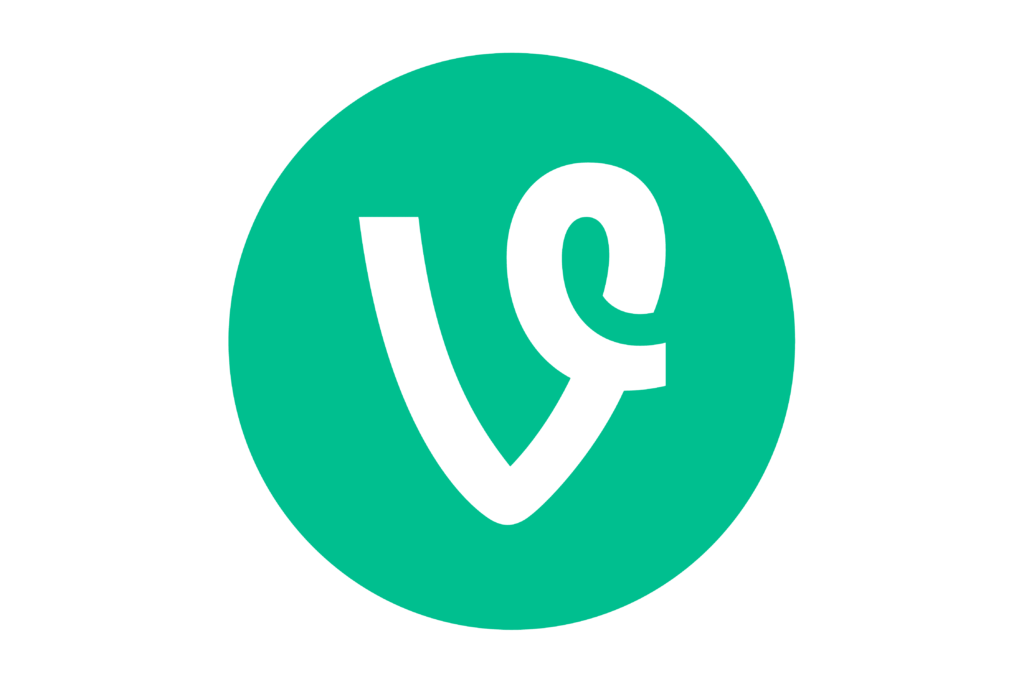 But the idea of communicating in shorter bursts is something perhaps we should have seen coming. Vine – a platform of 6-second videos – launched in 2012. It was acquired later that year by Twitter who obviously loved the idea of a video version of their short messaging site. While Vine was eventually shuttered, it spawned other short-form video plays.
But the idea of communicating in shorter bursts is something perhaps we should have seen coming. Vine – a platform of 6-second videos – launched in 2012. It was acquired later that year by Twitter who obviously loved the idea of a video version of their short messaging site. While Vine was eventually shuttered, it spawned other short-form video plays.
For some of us, Twitter helped prepare us for PPM, Nielsen’s methodology, adopted in the top 48 U.S. markets starting in 2008. If there was any doubt about the length of content in the diary days, PPM confirmed that listener attention spans were shrinking. Unless you were a great storyteller, chances are there was a program director in your ear reminding you to keep it brief.
The term “mic flight” was bandied about during the period as well – the idea being that when a DJ starting talking, those meters migrated somewhere else. Of course, that turned out to be a gross generalization, and ultimately, not great for radio’s personality quotient. But in the early years of PPM, tight was right.
Meanwhile, Vine’s demise didn’t stop other platforms from experimenting with short-form content – especially video. But these mini-vids did not truly take off until TikTok broke out in 2017, and accelerated during the pandemic. Remember that President Trump came close to banning the platform in the U.S. in an ongoing dispute with China.
Today, TikTok’s 60-second videos have become the industry standard, attracting more than a billion users last year, meteoric growth for a platform that (once again) many mocked and joked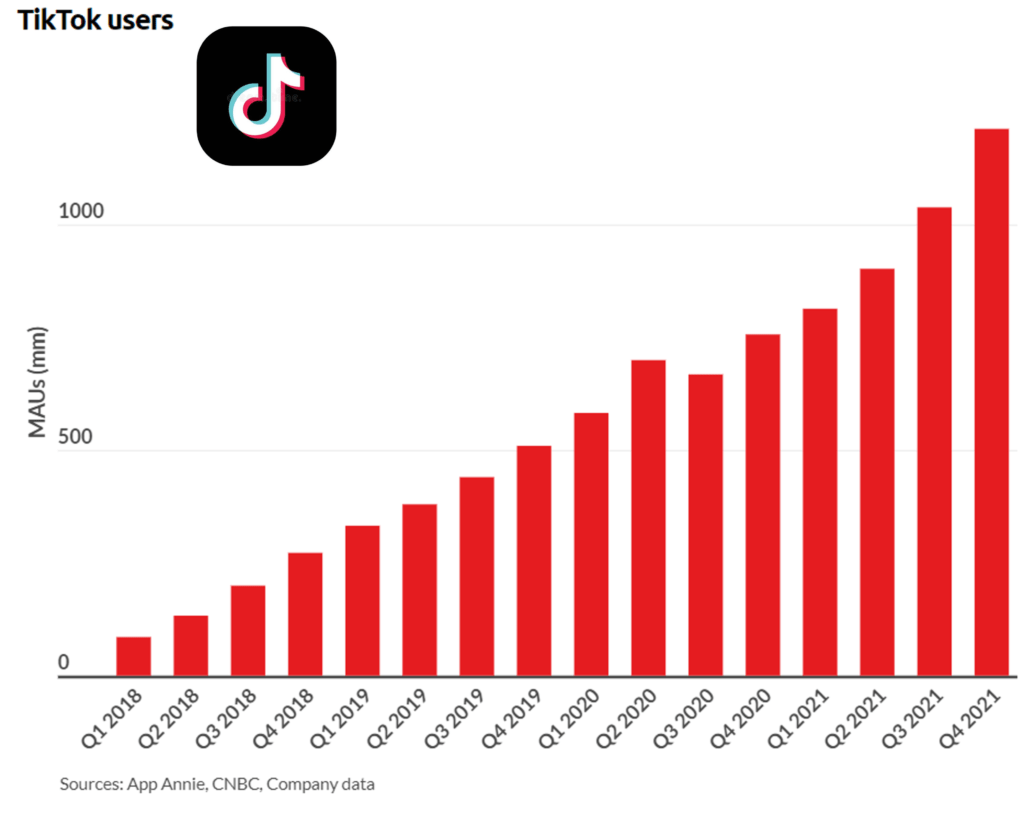 about. The chart at right from App Annie and CNBC shows a growth curve that most of us content creators can only dream about.
about. The chart at right from App Annie and CNBC shows a growth curve that most of us content creators can only dream about.
Today, new music, fashions, and other trends break on TikTok. In short, it’s a powerful marketing tool, and the company supports the platform with resources designed to help advertisers move product.
A case in point is a story in Social Media Today that links to TikTok’s guide to helping automakers and dealers sell cars. Their “Auto Playbook 101” is just one of several TikTok guides for marketers seeking to maximize the platform. It’s an especially great example of how short-form videos can be effective marketing tools.
And the meteoric rise of TikTok has other “legacy” social platforms playing catchup. Last summer, I wrote about a seismic strategic shift at Instagram where the emphasis is now on short videos rather than photos. Adam Mossseri, the company’s head, described the pivot in unequivocal terms:
“We’re no longer a photo-sharing app or a square photo-sharing-app.”
That’s right. Instagram had better double-down on short videos or it will feel the heat from TikTok, as well as the ever-popular YouTube.
And that leads us to recognizing a new shift at Google-owned YouTube, yet another sign short-form video isn’t just a fad – it’s a trend.
Last week, Andrew Hutchinson, Social Media Today’s content and social media manager, wrote about YouTube’s next move. They’ve added their Shorts clips – yes, their version of quickie videos – to their YouTube channel pages.
Hutchinson’s example is framed below in red:
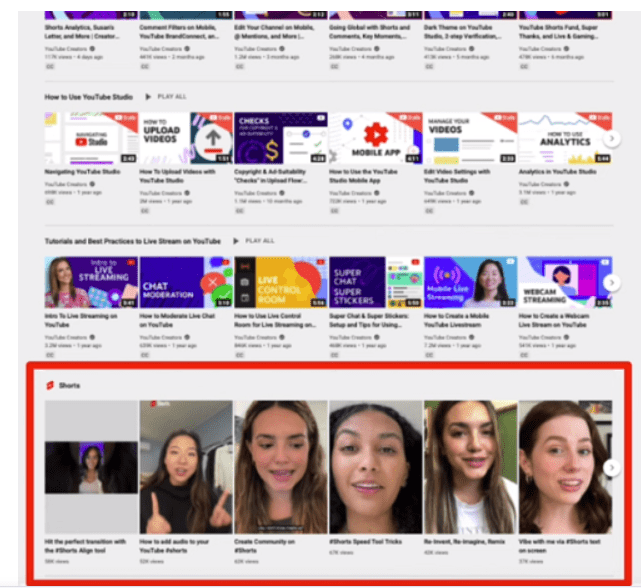
Screen cap: YouTube / Social Media Today
Moving forward, each channel will display their Shorts clips, making them easier to recognize and access. And why not? YouTube says Shorts have hit the 5 trillion views mark.
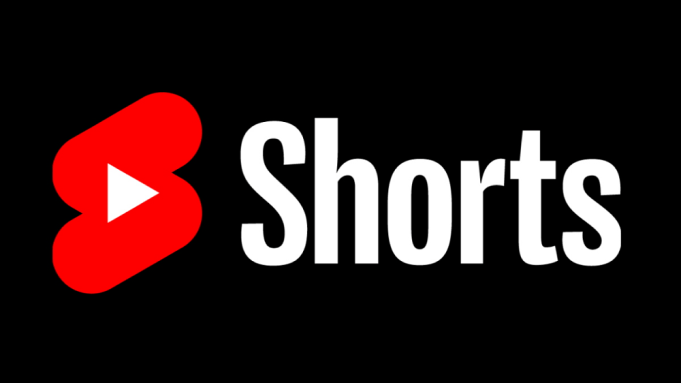 By making Shorts more visible, YouTube is leaning into the short-form video format. Interestingly, they’re not launching a standalone Short app, but instead are making these videos a part of their main channel. In this way, the Shorts brand is incorporated in the mothership – the YouTube channel.
By making Shorts more visible, YouTube is leaning into the short-form video format. Interestingly, they’re not launching a standalone Short app, but instead are making these videos a part of their main channel. In this way, the Shorts brand is incorporated in the mothership – the YouTube channel.
All of this points to the outsized influence short videos are having in the social space. And that leads into the concept that more radio stations and their companies should be reading these obvious tea leaves, and working on short-form video solutions that can live in any number of places. To that end, that can be shared widely, whether it’s the email database, social pages, and other outlets.
While no one in the radio broadcasting industry has the numbers to back it up, I can tell you I keep running into situations where videographers are either being hired or are already in position to create and drive content that can build brands, as well as drive the sales marketing effort. Imagine a strong air personality who has these skills – hard to beat.
Finally, you may be wondering about the one content silo seemingly oblivious to all this talk that “shorter is better.”
Of course, I’m talking podcasts, a medium that has basked in the glow of not having to care about duration, attention spans, and other such trivialities. After all, podcasts are limitless – they can be as long as a producer chooses to make them.
Except that focus on these short-form videos, podcast duration has slowly but surely shrunk.
When you ask most podcasters about the uncomfortable topic of length (after all, we talking about an art form here), they’ll point to Dan Carlin’s Hardcore History podcasts which average three hours and 39 minutes in length. They are brilliant – ask any historian. I sampled one of Carlin’s podcasts a few years ago, and they truly are riveting. As a former history major, I respect the ability to take inherently dry material and breathe life into it. Problem is, you could play 18 holes of golf in the average duration of a Hardcore History episode.
hours and 39 minutes in length. They are brilliant – ask any historian. I sampled one of Carlin’s podcasts a few years ago, and they truly are riveting. As a former history major, I respect the ability to take inherently dry material and breathe life into it. Problem is, you could play 18 holes of golf in the average duration of a Hardcore History episode.
But Carlin isn’t typical of podcasts, any more than WTOP is an average All-News station, or public radio programs are run-of-the mill. They’re unicorns, one-offs, anomalies. Unless we’re retired, on vacation, or a history student of buff, there’s almost no excuse for a podcast that runs this long.
Most podcasts don’t love discussing this topic, but the fact is, titles launched in recent years are actually shorter. While more than half of podcasts launched in 2014 were at least one hour long, fewer and fewer take that much time to plow through.
In fact, the chart below depicts that perhaps even organically, newer podcasts run shorter – at least the most popular ones. Megaphone’s Luke Riley broke this down in 2019, tracking Apple’s Top 200 podcasts – by length. Here’s what he learned:
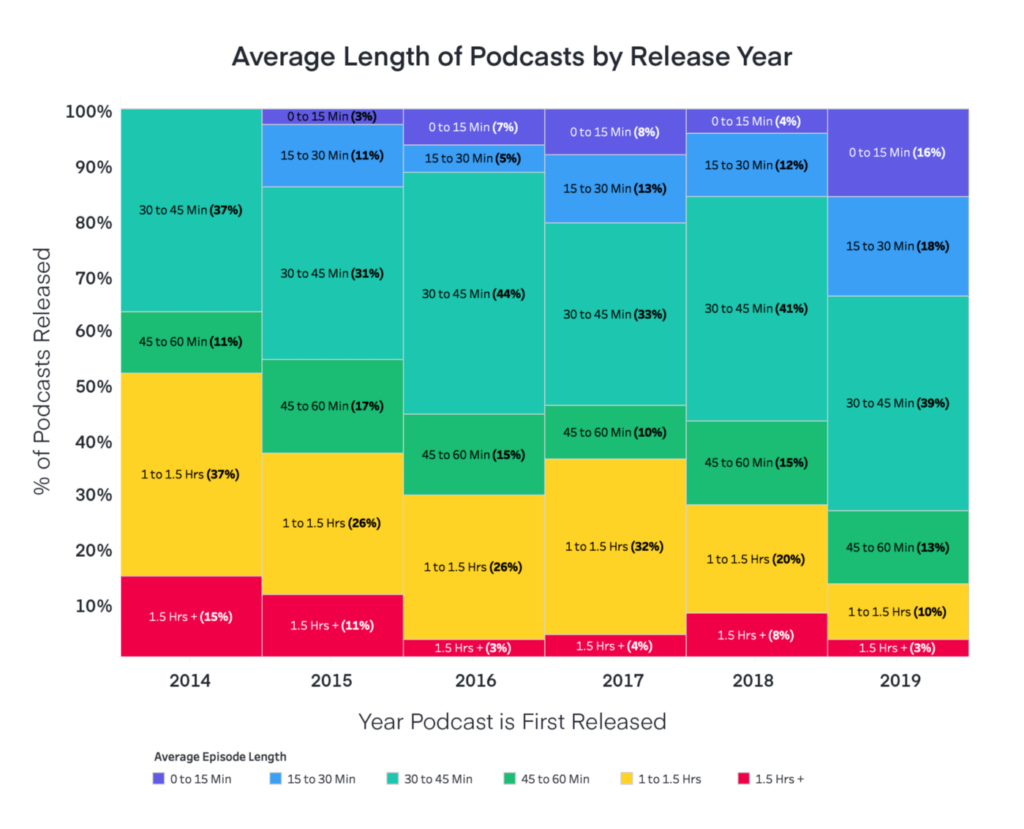
Luke Riley / Apple top 200 podcasts
Note that in the most recent year charted, nearly nine in ten podcasts were under one hour in length, a major shift from just five years earlier.
But what about post-pandemic? How long should podcasts be in 2021? Jennay Horn took on that topic in an article published last year in We Edit Podcasts.
After digging into the topic, she ran into a key stat from Pacific Content’s Head of Audience Development, Dan Misener. In 2019, he calculated the average podcast that year was 41:31. The previous year’s average was more than two minutes longer.
Applying that trend to subsequent years (yes, a bit of a leap), Jennay predicts the average podcast in 2021 was in the neighborhood of 37:30.
The question is, how long does it take to tell a good story? Twitter, Vine, Snapchat and now TikTok have been tackling that question over the past several years. In podcasting, that learning has come more slowly, but the trend toward “compactness” is unmistakable.
The fact is, stories can be told in less time. Dan Carlin’s mammoth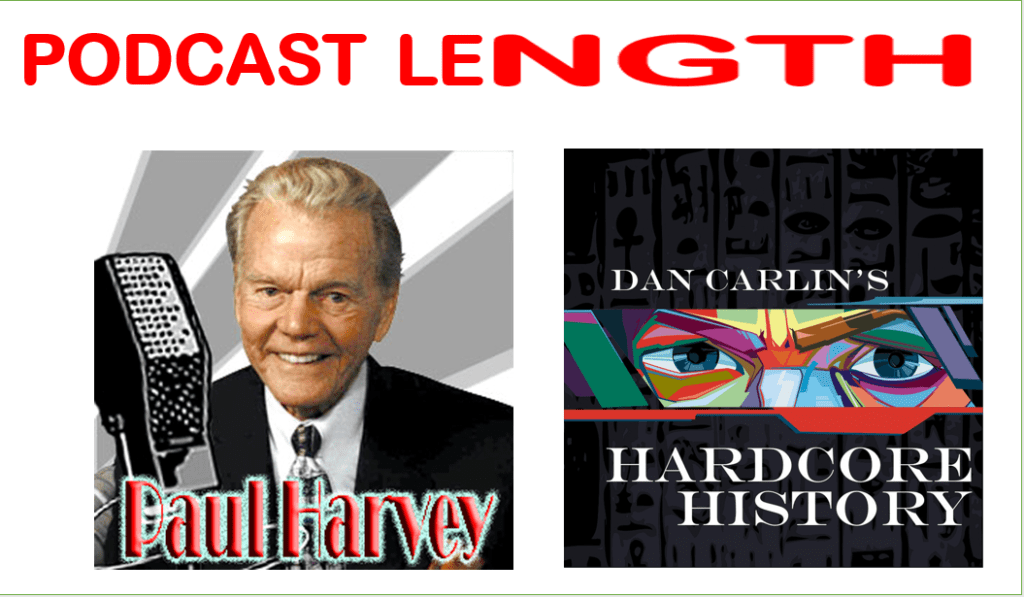 podcasts may be on one extreme. Radio legend Paul Harvey’s “The Rest of the Story” features incredible tales (and great teasing) in packages just under four minutes in length. They would have made great podcasts – and highly profitable ones.
podcasts may be on one extreme. Radio legend Paul Harvey’s “The Rest of the Story” features incredible tales (and great teasing) in packages just under four minutes in length. They would have made great podcasts – and highly profitable ones.
How might shorter podcasts revolutionize the podcasting industry?
- Shorter podcasts are less expensive to produce.
- Longer podcasts could be edited to create more episodes = more avails = more revenue.
- Given the indisputable trends, shorter podcasts would inevitably lead to more listening.
- Finally, brevity might lead to trial. That is, how much would listeners be encouraged to sample a podcast if they knew it was, say, 15 minutes long?
The fact is, Twitter, Vine, PPM, TikTok and just plain common sense teach us the more we streamline and edit most content (note I didn’t say all content), the better it often turns out.
Shorter isn’t always better. I’m sure Dan Carlin, Howard Stern, Peter Jackson (director of The Beatles: Get Back), Leo Tolstoy (War and Peace) and other brilliant content creators would effectively make that case.
But for most of us, the tighter we keep it, the better off we are. I would never encourage the creative types to edit to a certain length – hell, this blog post is more than 1,800 words long. But the quest for so-called “snackable, bite-sized content” pushes us to think about how we can deliver more in less time.
The trends are clear.
It’s amazing the stories that can be told in so little time:
@zachking⚠️ Caution wet paint. Who watched until the end??♬ original sound – Zach King
Originally published by Jacobs Media








